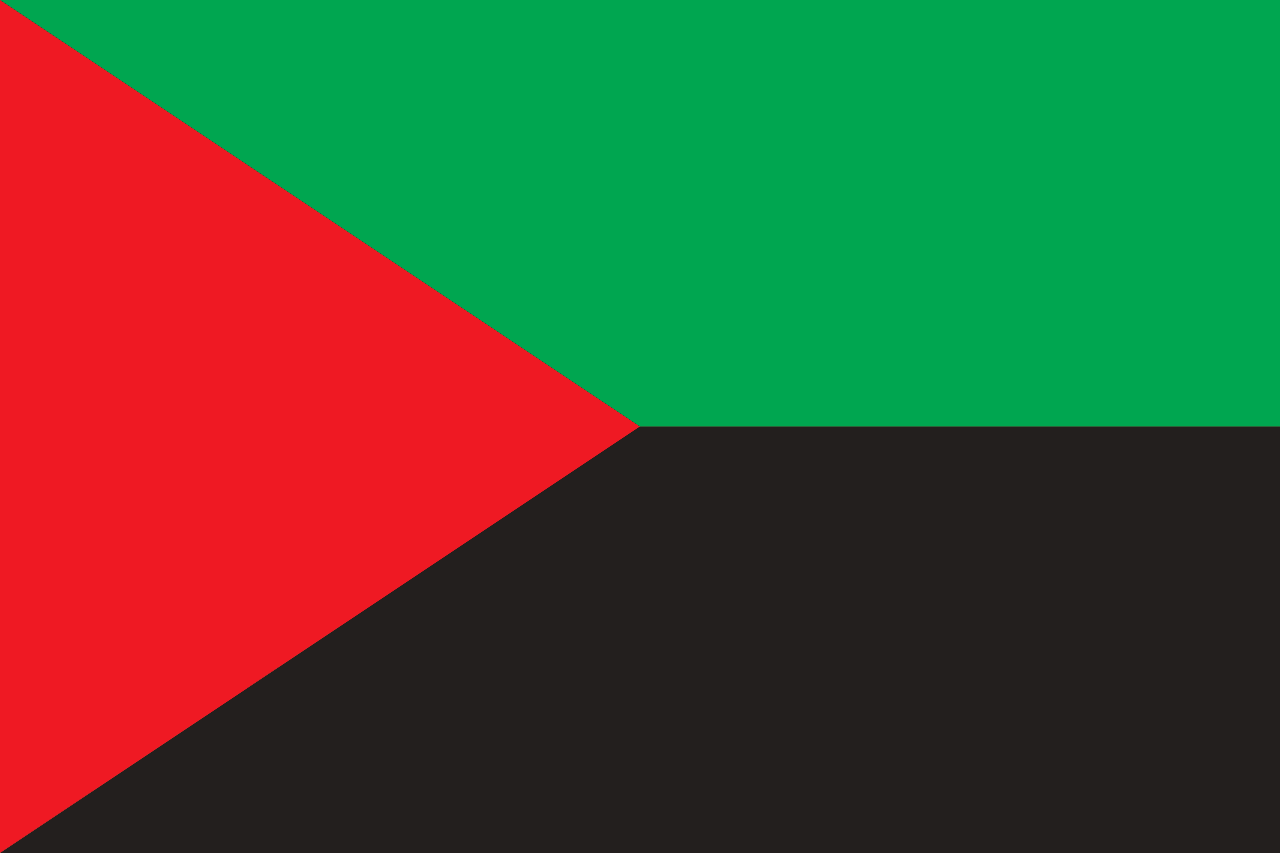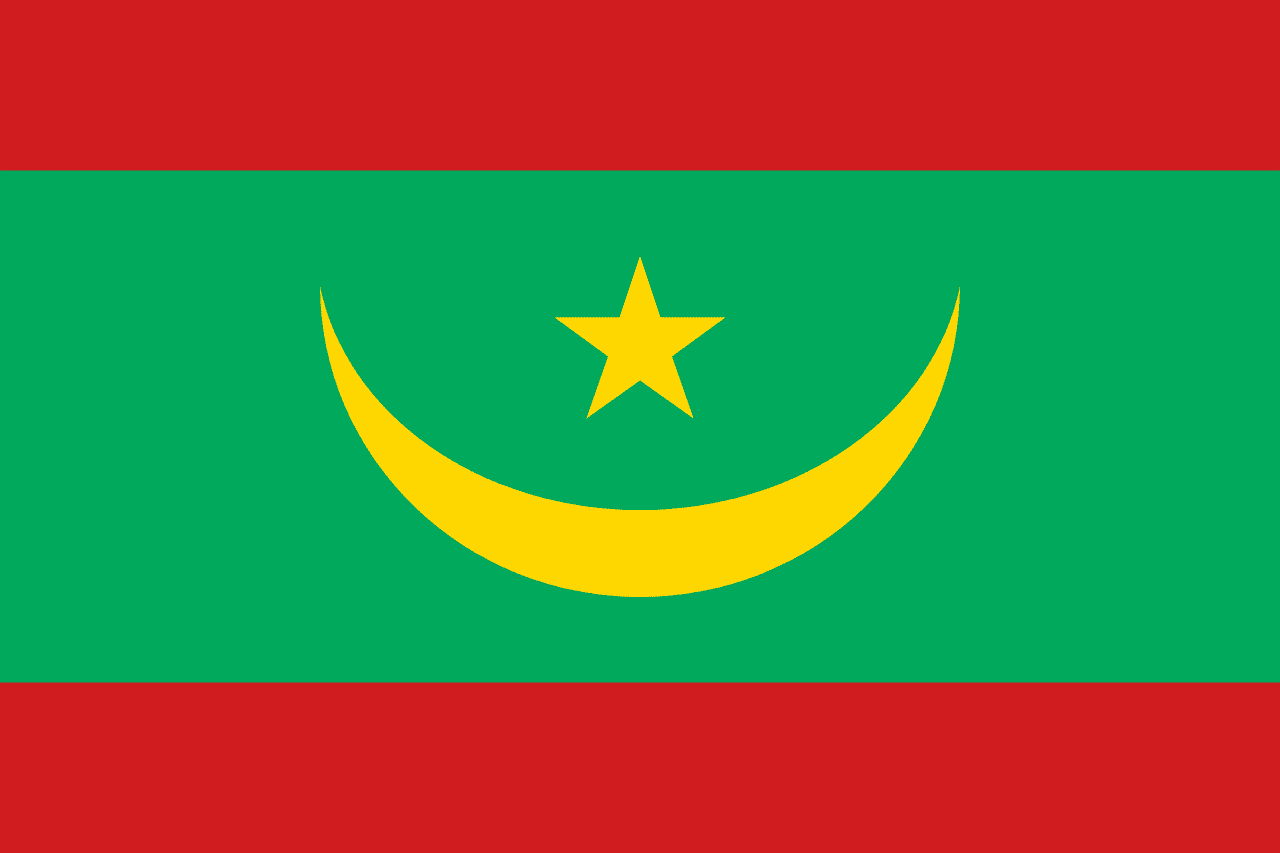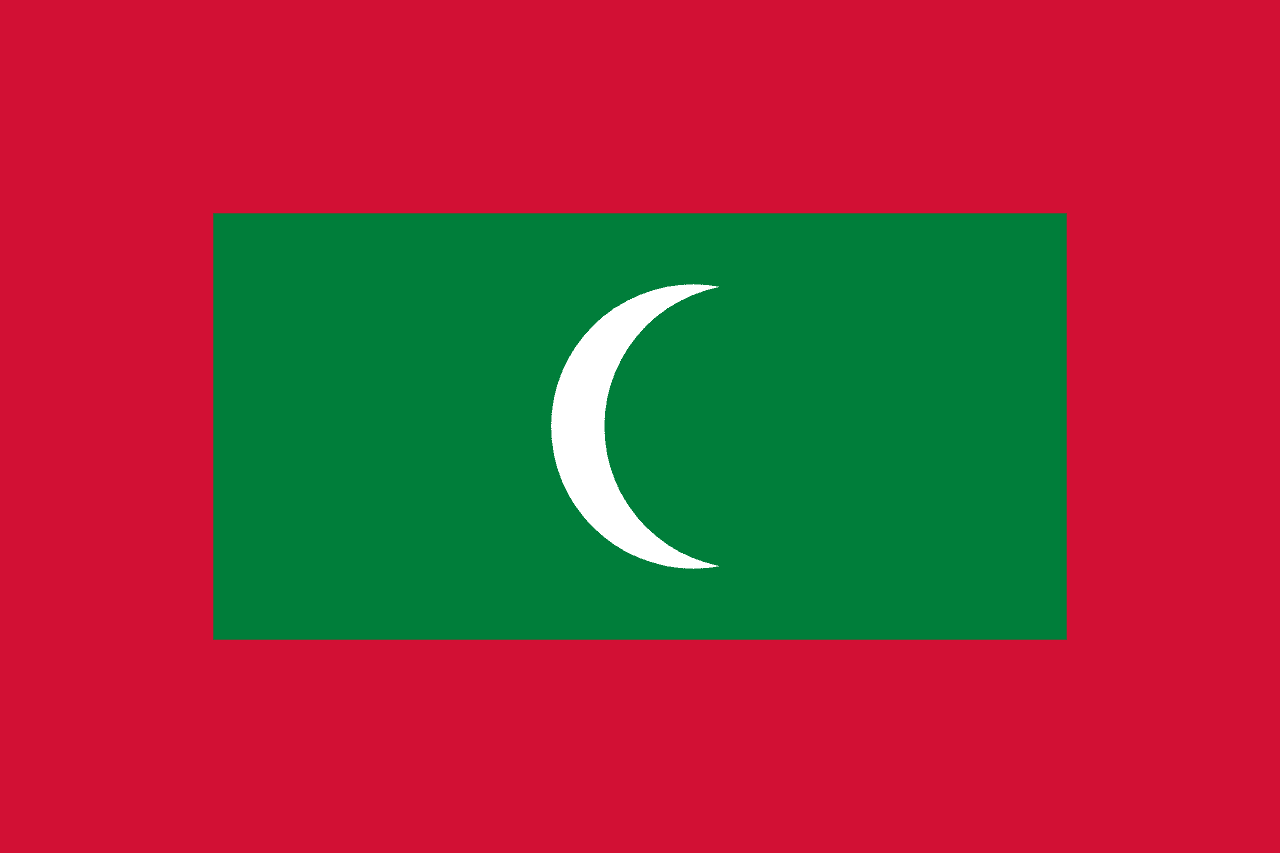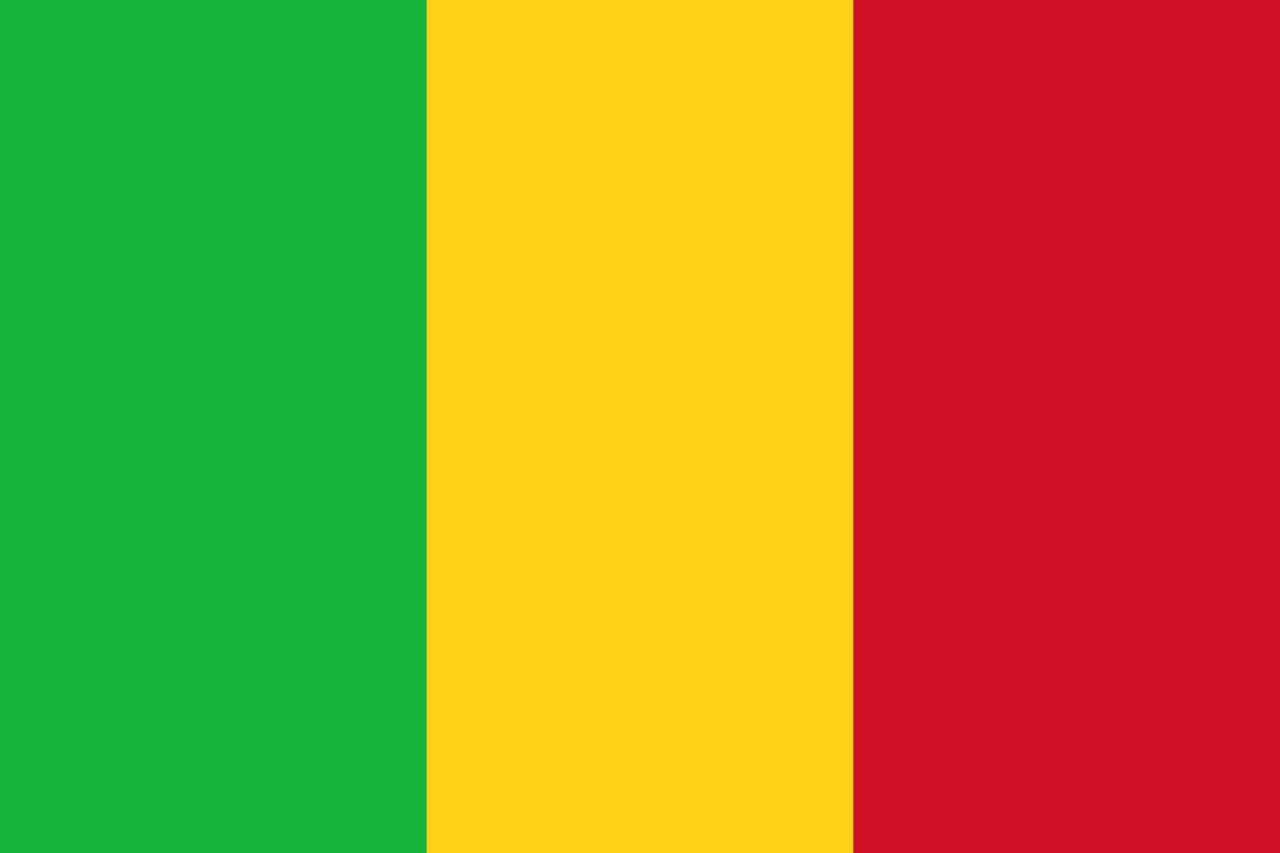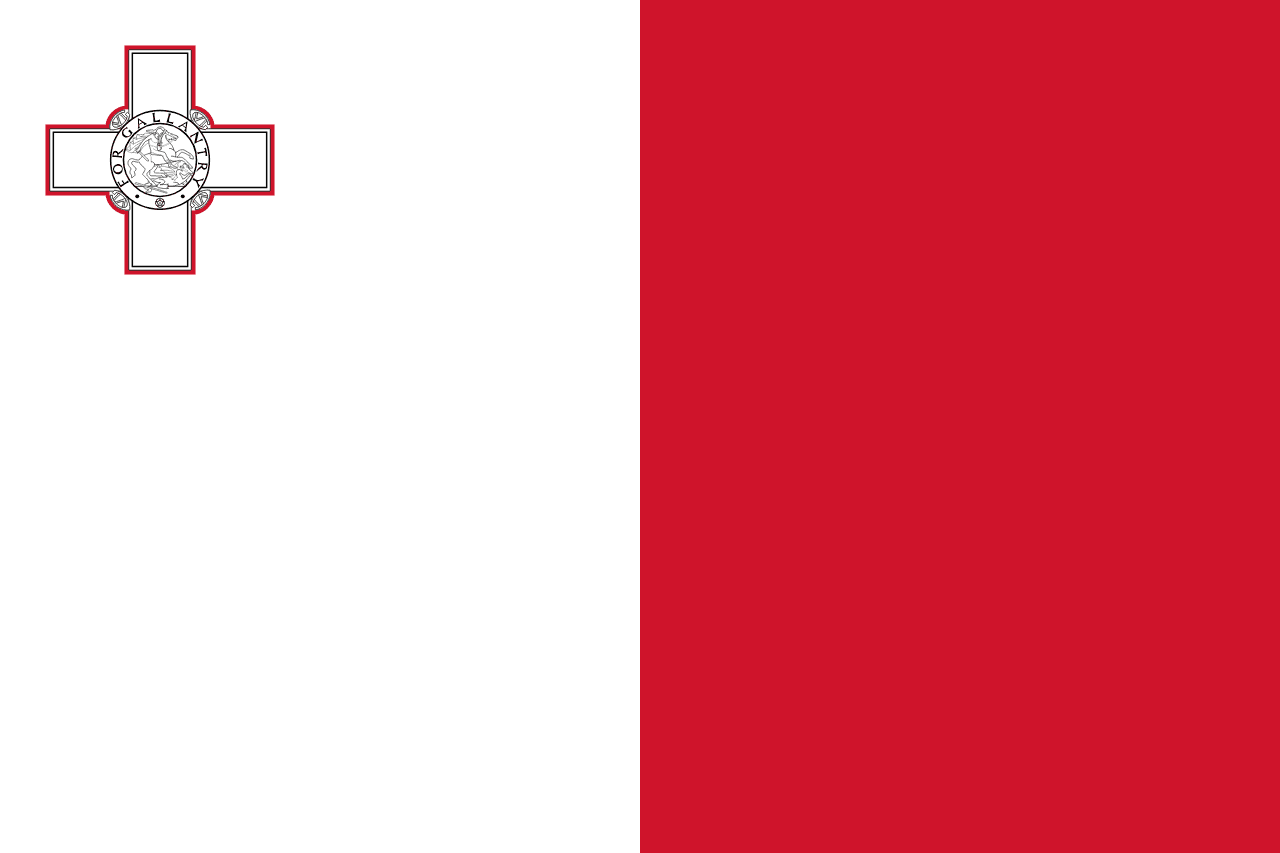The flag of the Marshall Islands features a striking design with a deep blue field, two diagonal stripes of orange and white, and a large white star with twenty-four rays in the upper hoist corner. This unique combination of elements beautifully captures the essence of this Pacific island nation.
Marshall Islands information
| National Flag Day | May 1 |
| Sovereign state | Yes |
| Official name | Republic of the Marshall Islands |
| Capital | Majuro |
| Population | 59,190 |
| Area | 181 km² |
| Currency | United States dollar (USD) |
| Language | Marshallese, English |
| Continent | Oceania |
| Region | Micronesia |
| Subregion | — |
| Borders | — |
| Timezone | Marshall Islands Time (MHT) UTC+12 |
| Calling code | +692 |
| Top-level domain | .mh |
History of the Marshallese flag
 Adopted on May 1, 1979, the Marshallese flag symbolizes the nation's journey to self-governance and eventual independence in 1986. The flag's design was chosen through a national contest, reflecting the collective vision and aspirations of the Marshallese people. Its creation coincided with the formation of the Marshall Islands as a self-governing entity in free association with the United States, marking a significant milestone in the country's political evolution.
Adopted on May 1, 1979, the Marshallese flag symbolizes the nation's journey to self-governance and eventual independence in 1986. The flag's design was chosen through a national contest, reflecting the collective vision and aspirations of the Marshallese people. Its creation coincided with the formation of the Marshall Islands as a self-governing entity in free association with the United States, marking a significant milestone in the country's political evolution.
Symbolism and design of the Marshallese flag
Every element of the Marshallese flag carries deep symbolic meaning. The blue field represents the vast Pacific Ocean, which surrounds the islands and plays a crucial role in Marshallese life, culture, and economy. The two diagonal bands of orange and white symbolize the Ralik Chain (sunset) and the Ratak Chain (sunrise) respectively, representing the two major island chains that comprise the Marshall Islands. These stripes also signify peace and courage. The white star with twenty-four points is particularly significant, with each point representing one of the electoral districts in the country. The star's position in the upper hoist corner symbolizes the nation's position just north of the equator.
Usage and significance of the Marshallese flag
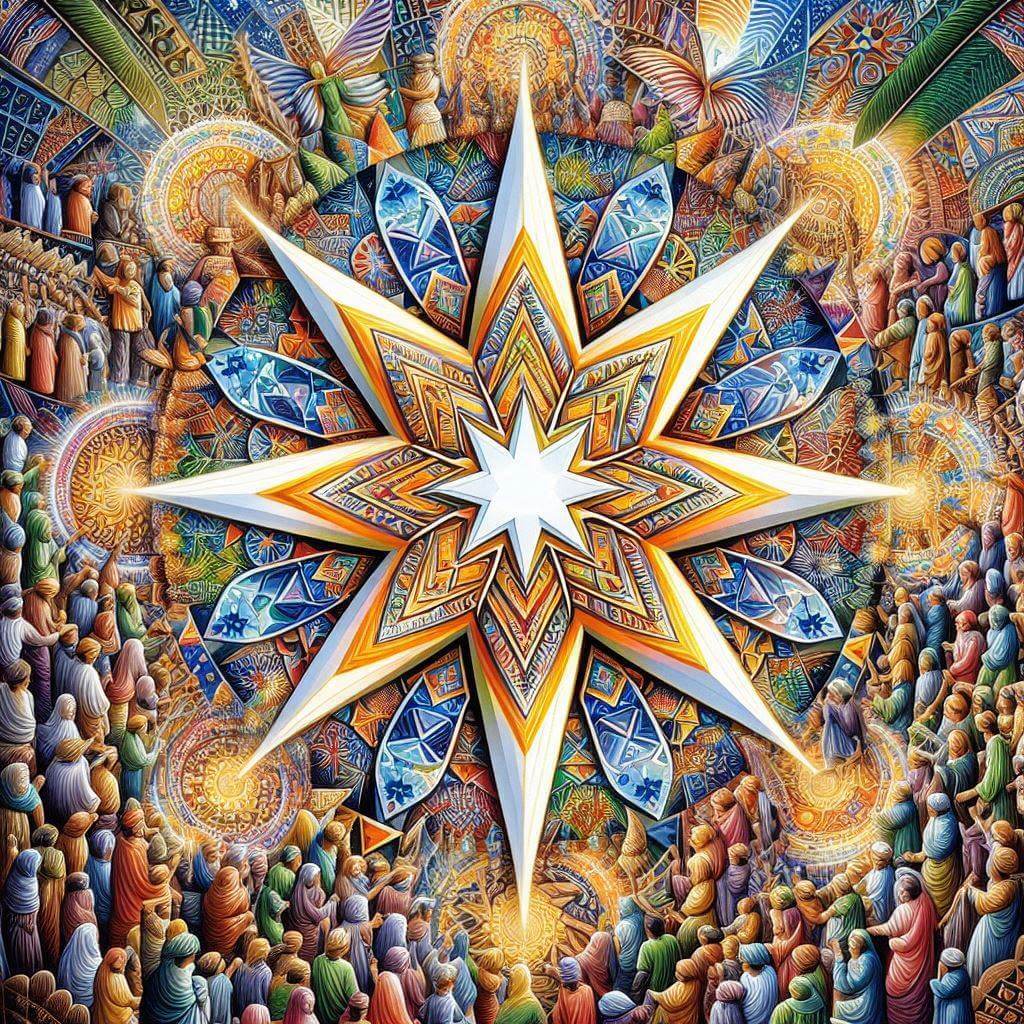 The flag of the Marshall Islands is a source of great national pride and is prominently displayed throughout the country. It flies on government buildings, schools, and public institutions. During national holidays such as Constitution Day (May 1) and Fishermen's Day (July 2), the flag takes center stage in celebrations and parades. The flag also plays a crucial role in international forums, representing the Marshall Islands' sovereignty and unique identity on the global stage. It serves as a powerful symbol of unity for the Marshallese people, both at home and in diaspora communities around the world.
The flag of the Marshall Islands is a source of great national pride and is prominently displayed throughout the country. It flies on government buildings, schools, and public institutions. During national holidays such as Constitution Day (May 1) and Fishermen's Day (July 2), the flag takes center stage in celebrations and parades. The flag also plays a crucial role in international forums, representing the Marshall Islands' sovereignty and unique identity on the global stage. It serves as a powerful symbol of unity for the Marshallese people, both at home and in diaspora communities around the world.
Interesting facts about the Marshallese flag
- The Marshallese flag is one of the few national flags to use orange as a prominent color, making it visually distinctive.
- The 24-pointed star on the flag is one of the largest star emblems found on any national flag.
- The flag's design subtly incorporates elements of the U.S. flag, reflecting the historical and ongoing relationship between the two nations.
- In Marshallese culture, the flag is often accompanied by traditional outrigger canoes during maritime celebrations, symbolizing the nation's seafaring heritage.
- The flag's colors and design are often incorporated into traditional Marshallese handicrafts and artwork, further embedding its symbolism in the country's cultural expression.
